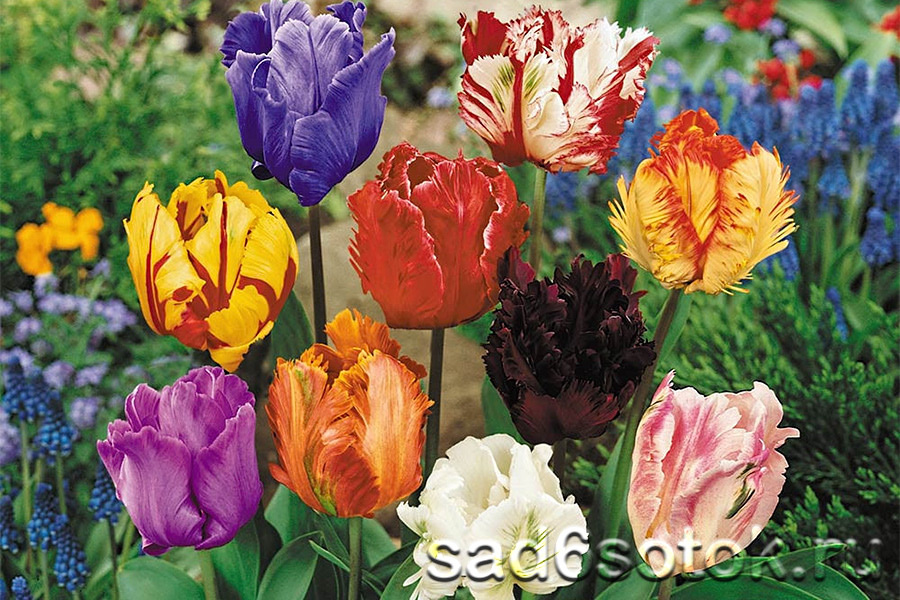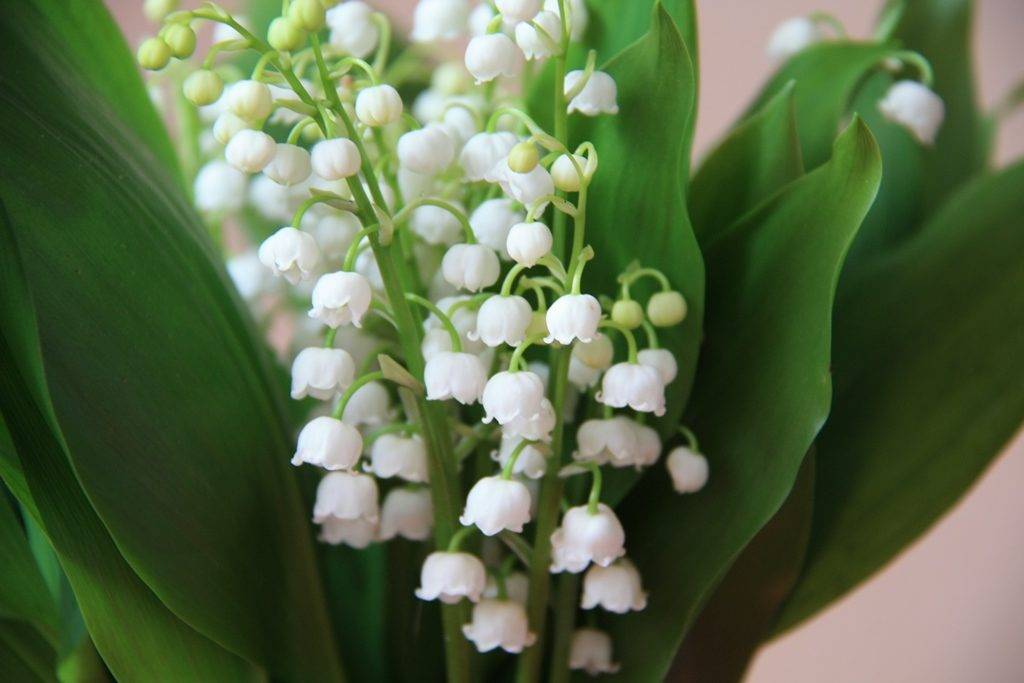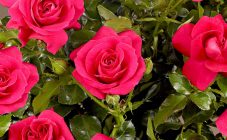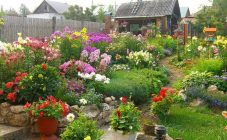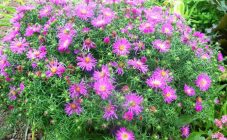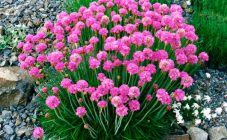Content:
Perennials for summer cottages blooming all summer delight the eye with their flowering and are a real treasure for the gardener. It doesn't matter what size they grow, the main thing is that they will decorate the garden longer than annual plants. Thanks to a wide range of species and varieties, you can choose the most beautiful specimens for your garden.
Perennials for the garden
The most popular perennial flowers for summer cottages that bloom for three months, like many centuries ago, remain:
- roses,
- tulips,
- irises,
- hyacinths,
- undersized violets,
- asters,
- chrysanthemums.
With them, gardeners are ready to plant all the flower beds without a trace. In addition to them, there are also unpretentious perennials for summer cottages, blooming all summer long, which, in addition to their charm, do not need special care and grow under any conditions. These plants include the stock-rose, the popular name of which is mallow. This plant grows tall, with the entire stem adorned with buds, from which beautiful flowers will bloom. Due to the fact that they have many varieties, they will become an excellent decoration for a hedge.
In addition to mallow, the garden can be decorated with flowers such as:
- Tricirtis,
- The stethoscope is purple,
- Willow sunflower,
- Yarrow,
- Pion,
- Gentian,
- Thrift,
- Clematis,
- Sage.
Popular long-flowering perennials
In early spring, in the Moscow region and Siberia, you can rarely find colorful flowers. At this time, annual flowers were not even sown yet; of perennials, only early shoots can be seen. But, if bulbous plants are planted on the flower bed, they will be the very first to bloom and decorate the flower garden with a colorful carpet of different colors.
Crocuses
These small flowers appear first from under the snow, while they have a palette of colors, among which white, blue, yellow and even striped colors should be distinguished. These flowers grow no higher than ten centimeters. Crocus flowers form bright attractive meadows.
It is customary to plant bulbs in August or September. For planting, it is better to choose a place where there is partial shade, since these plants are shade-tolerant. Such a place is the root zone of shrubs and trees.
Pushkinia
This flower is distinguished by its delicate flowers of white, blue and blue. The plant blooms from April to May, grows to a height of twenty centimeters. Such plants are planted near primroses or daffodils.
Tulips
These flowers are most common in garden plots. They are popular not only for their beautiful colors, brightness of colors, but also for their unpretentious care. There are over a thousand different varieties of these plants.
If you choose the right varieties and plant them in ascending order from low (ten centimeters) to high (half a meter), they can decorate an alpine slide, which will look very impressive against the background of greenery.
It is customary to plant tulip bulbs in September and the first half of October. The plot should be light, sunny, well-loosened and fertilized.
Daffodils
These flowers, like tulips, adorn every garden or summer cottage.Blossom begins in April and ends in late May. In addition to exquisite delicate flowers, the garden is fragrant with a delicate specific aroma.
Plants grow from thirty to sixty centimeters in height. Depending on the variety, flowers can be:
- Simple;
- Terry;
- With a short crown;
- With a long crown.
You need to plant the plant in loose, fertilized soil, both in a sunny meadow and in the shade of trees.
Periwinkle
This plant can grow both on the sunny side and in the shade. At the same time, the flower spreads like a carpet on the ground and quickly takes root at the slightest contact.
Lily of the valley
This plant is already considered a classic in a spring flower bed. It blooms in May and, thanks to its rhizome, not only winters well, but also quickly spread throughout the territory. The stem grows thirty centimeters long, up to twenty delicate white bells will bloom on it. After flowering, bright red berries appear on the stem.
Aquilegia
After the primroses have bloomed in the garden, summer flowers take over, one of which is the aquilegia bells. They bloom on tall stems and bloom from May to September. Plant height can reach eighty centimeters.
Turkish carnation
This flower is also called bearded carnation. Bright flowers are collected in inflorescences. Flowers on them are small, serrated, with a white border along the edges of the stems. The stem of the plant grows up to sixty centimeters in height. Flowering continues until September, flowers multiply by self-sowing.
Carnation looks beautiful against the background of decorative deciduous plants.
Irises
In nature, there are a large number of varieties of this plant. Flowers bloom in late May and continue to delight the eye until mid-July.
Irises only need to be watered, it is not recommended to loosen them, since the root system is very close to the surface, it can be damaged.
Phlox
In the fall, the garden will be decorated with phlox. This plant winters well in any region of the country, begins to bloom in the second half of summer and continues to bloom until October. There are more than forty varieties of phlox in nature. The plant grows to a height of more than a meter. It is planted both on ordinary flower beds and on alpine slides.
Asters
Do not confuse the variety of annual asters with perennial ones. The second type of culture is capable of blooming and fragrant before the first snow. At the same time, the color palette contains such coloring as:
- blue,
- white,
- pink,
- purple shades.
Rules for growing perennials
When planting flowers in a flower bed, you need to follow these rules:
- First you need to choose a place where the flowers will grow. It should be located in a quiet, low wind area, constantly illuminated by sunlight.
- It is best to choose a place to form one large flower bed.
- When planting flowers, you need to take into account their sizes, it is best to plant low plants at the edges, then medium-sized species, and only after that it is recommended to plant tall plants in the center of the flower bed.
- In addition, you need to plant flowers according to the degree of their flowering.
In the modern world, from a large abundance of flowers, you can always choose flowers suitable for the garden. At the same time, there are specimens that are unpretentious both in growing and in care. In addition, a flowerbed can be created from different crops, you can create a monoclumba, which consists of one type of flowers.

